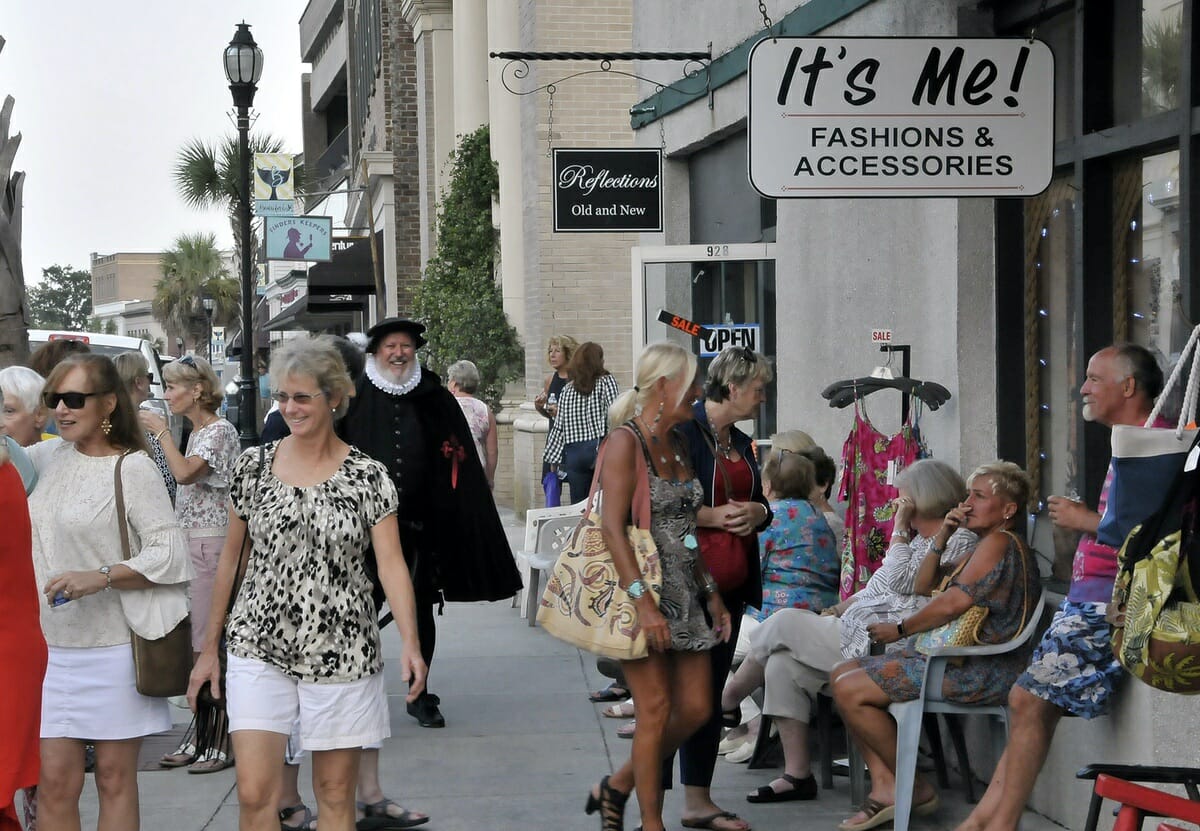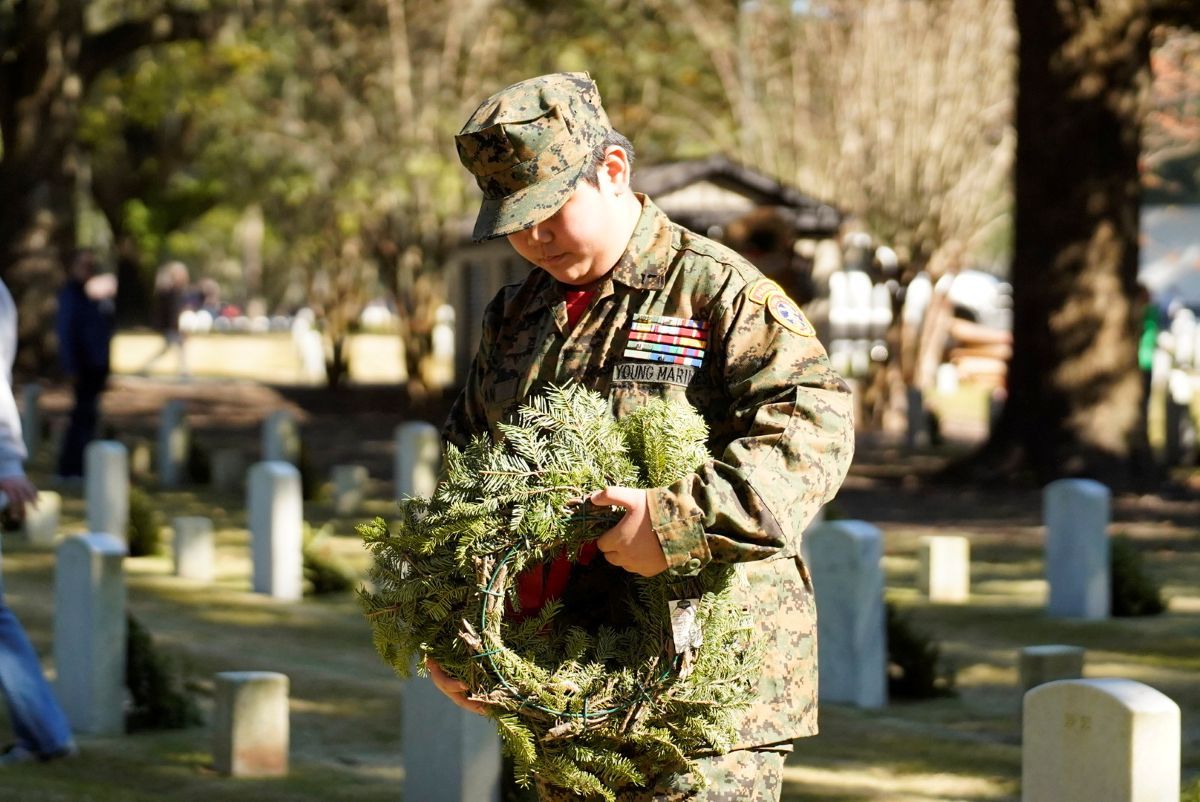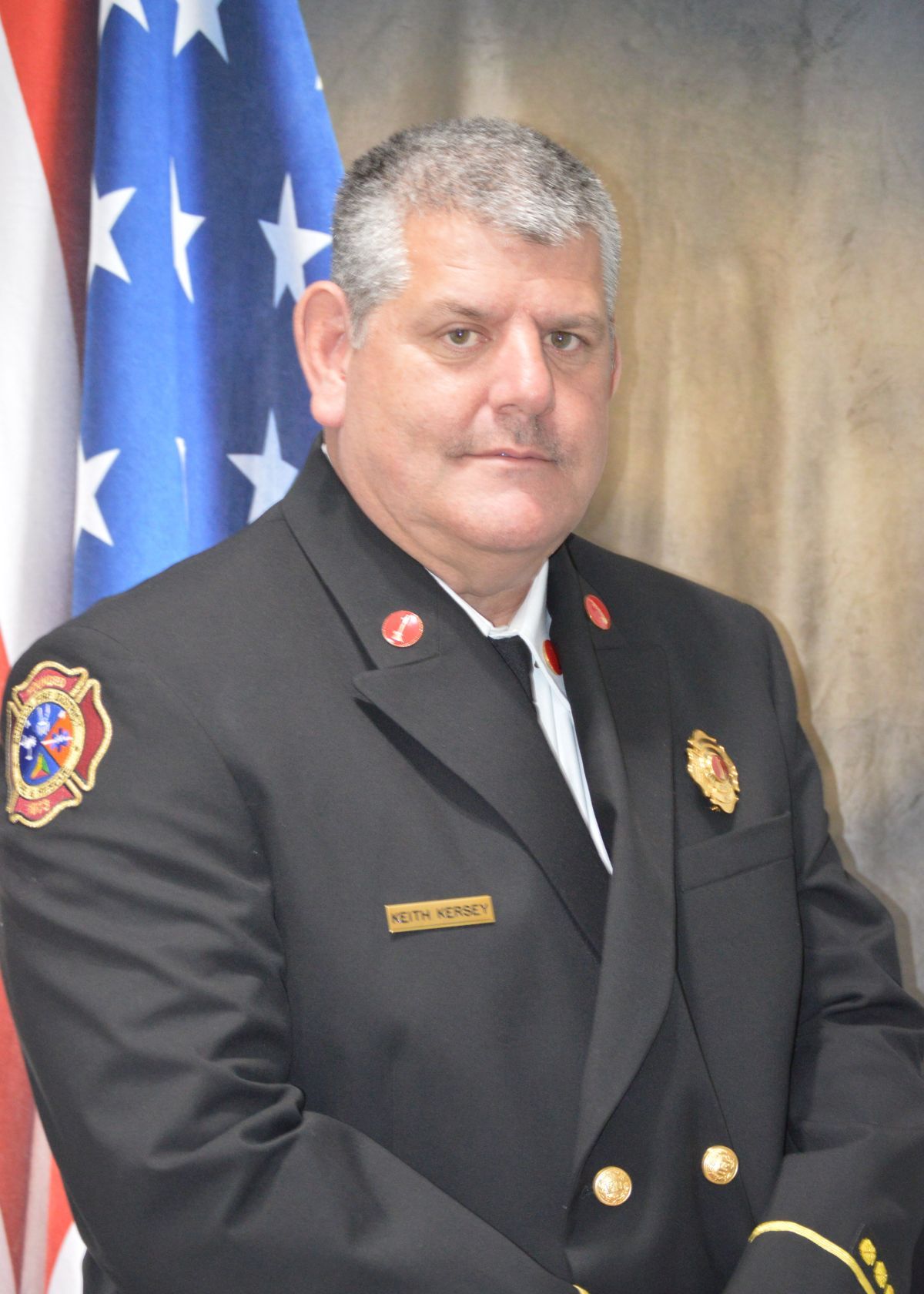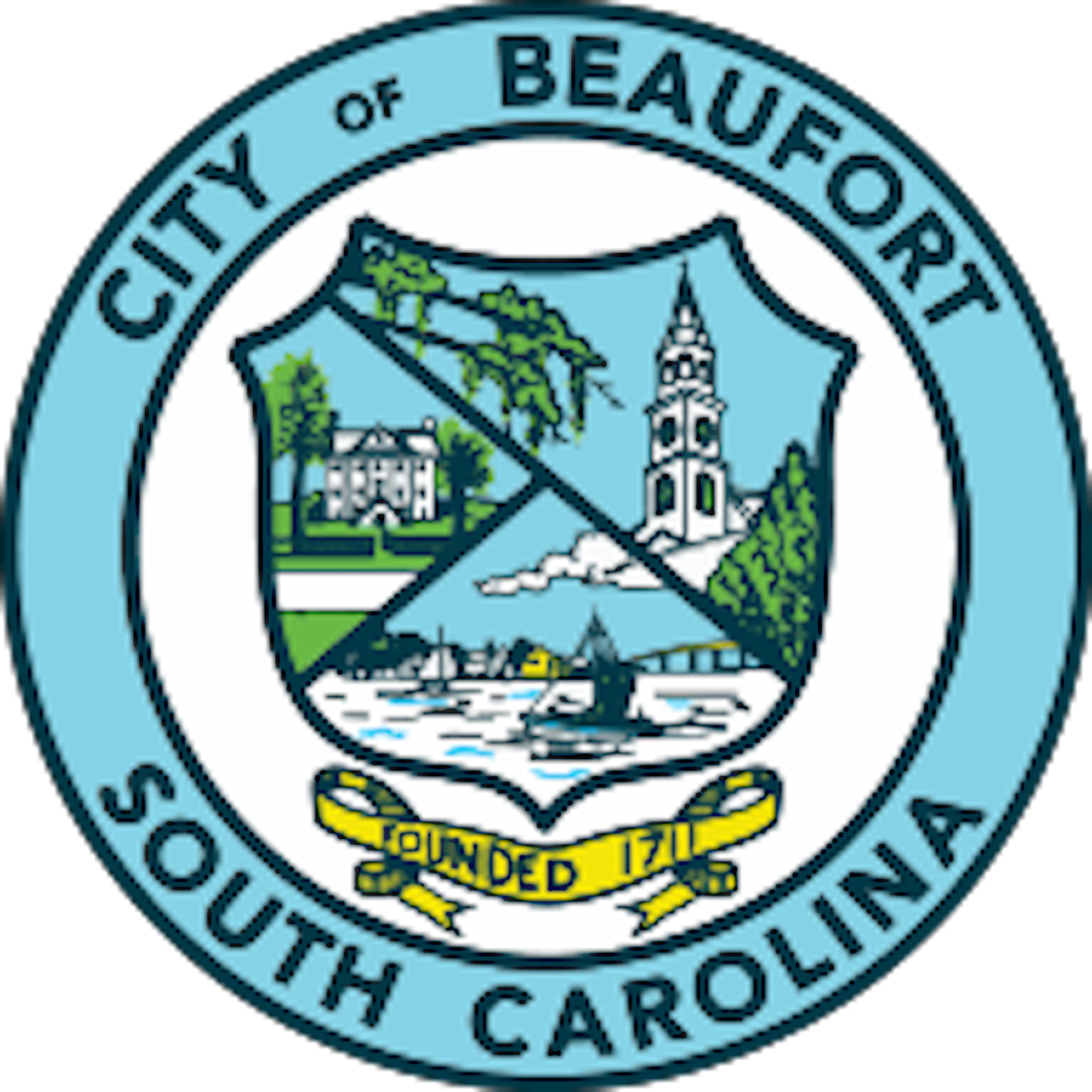By Lt. Cmdr. Marie Tillery
A 1997 Battery Creek High School graduate and Beaufort native has been selected to advance to the rank of chief petty officer in the U.S. Navy aboard Naval Base Guam.
Chief Petty Officer (select) Devin Saunders is a culinary specialist aboard USS Asheville.

Culinary specialists receive extensive training in cooking, baking, dining and living area management. Navy culinary specialists provide food service for admirals and senior government executives and run the White House Mess for the President of the United States. Responsible for all aspects of the dining and living areas, culinary specialists work in the “heart of the submarine,” and are vital in maintaining high crew morale on the submarine and every shore base.
“I enjoy having a big impact on the crew,” Saunders said.
Saunders credits success in the Navy to many of the lessons learned in Beaufort.
“I grew up working on a farm with my granddad, feeding pigs, chicken, chopping wood,” Saunders said. “I learned that hard work pays off.”
Located approximately 3,300 miles west of Hawaii and 1,500 miles east of the Philippines, Guam is a U.S. territory where its residents are U.S. citizens. The island is about 36 miles long, 6 to 12 miles wide and in many ways is an all-American community.
Naval Base Guam is the home of Commander, Naval Forces Marianas, Commander Submarine Squadron 15, Coast Guard Sector Guam and Naval Special Warfare Unit 1 and supports 28 other tenant commands. It is also the home base of three Los Angeles-class submarines and both of the Navy’s submarine tenders, USS Emory S. Land and USS Frank Cable, as well as dozens of units operating in support of U.S. Pacific Command, US Pacific Fleet, 7th Fleet and 5th Fleet.
“I enjoy the camaraderie I have with people here,” Saunders said. “We are like family.”
According to officials at the U.S. Navy’s Pacific Fleet headquarters in Pearl Harbor, Hawaii, the ships, submarines, aircraft and Navy personnel forward-deployed to Guam are part of the world’s largest fleet command and serve in a region critical to U.S. national security. The U.S. Pacific Fleet encompasses 100 million square miles, nearly half the Earth’s surface, from Antarctica to the Arctic Circle and from the West Coast of the United States into the Indian Ocean. All told, there are more than 200 ships and submarines, nearly 1,200 aircraft, and more than 130,000 uniformed and civilian personnel serving in the Pacific.
A sailor can only be advanced to chief petty officer after review by a selection board of serving senior and master chief petty officers, in effect “choosing their own.” Advancement to the chief petty officer grades marks the most significant milestone within the enlisted naval ranks.
Saunders is most proud of watching the sailors he trained advance to the next rate.
“It’s not about me, it’s about the sailors on the boat, they come back and say, ‘Thanks CSSC select!'” said Saunders. “I like helping people, always, because someone helped me.”
As a member of one of the U.S. Navy’s most relied upon assets, Saunders and other sailors know they are part of a legacy that will last beyond their lifetimes, one that will provide a critical component of the Navy the nation needs.
“When people told me I couldn’t do something, I joined the military,” Saunders said. “I can now sit back and say not how ‘I did it’ but how ‘we did it.’”
Lt. Cmdr. Marie Tillery is with the Navy Office of Community Outreach.








